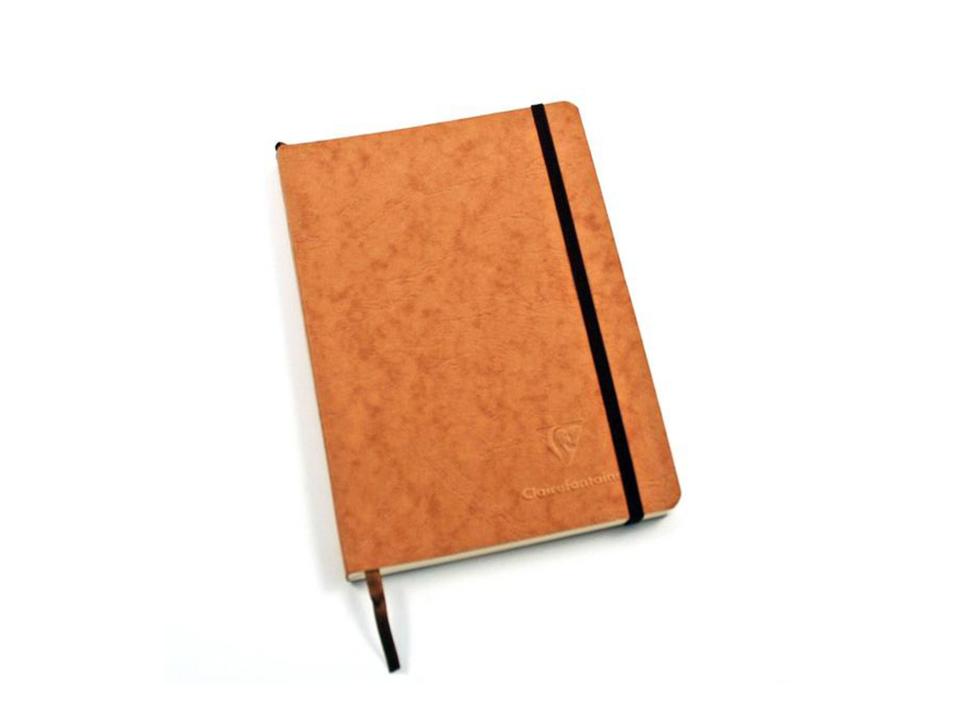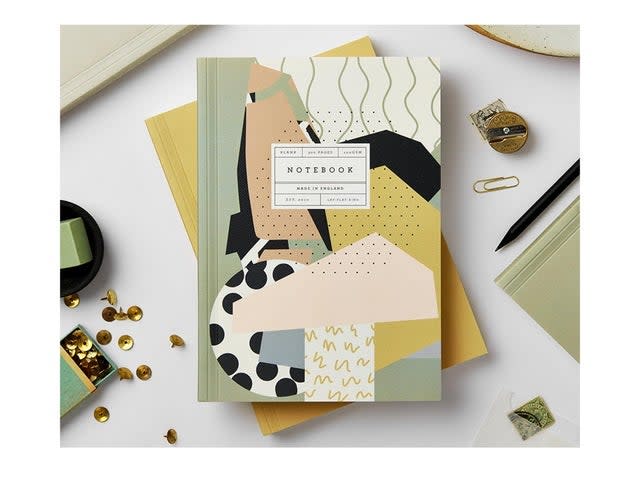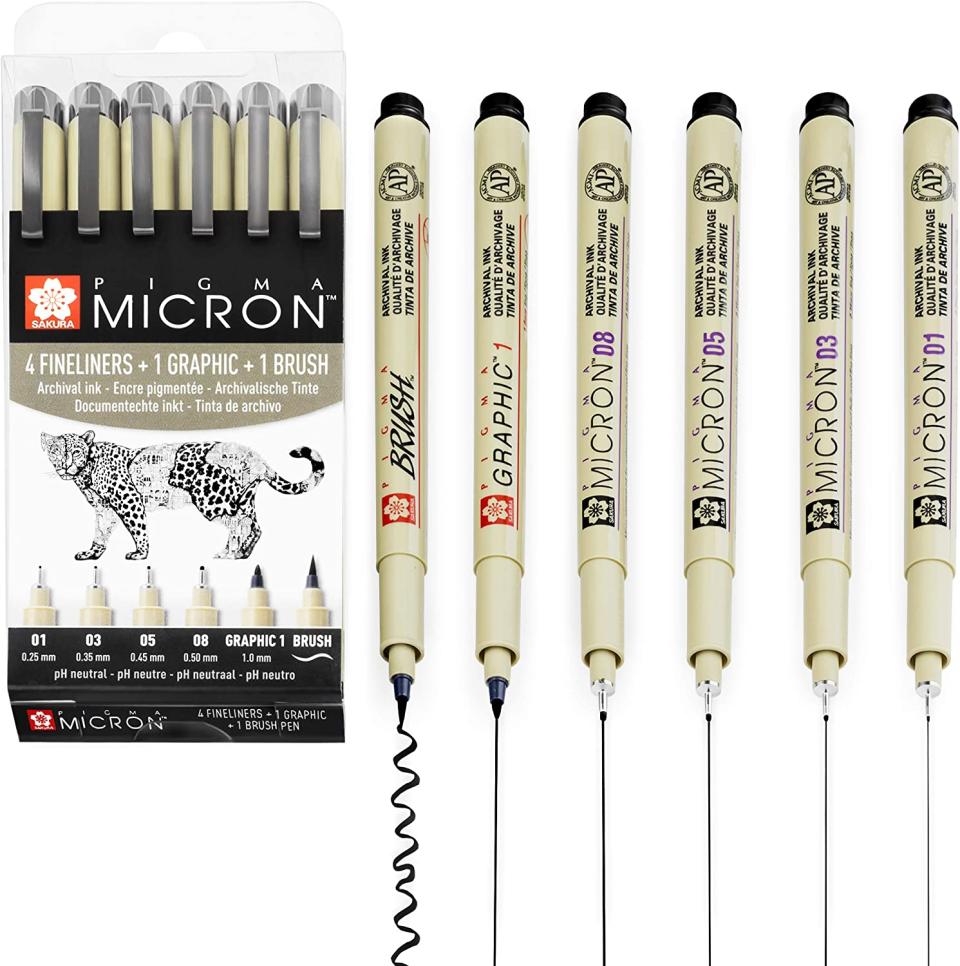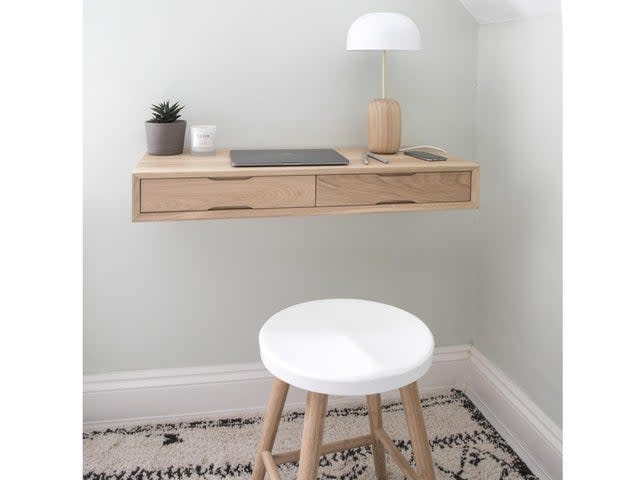Want to start a journal? Here’s everything you need to begin the simple, calming practice

Journaling expert Helen Colebrook describes this pastime as “a great way to unload your mind”
(iStock/The Independent)Many of us are spending more time at home than ever before, and with leisure pursuits like sports events, gigs and cinemas a no-go as we experience a third lockdown, people are learning new skills and taking up hobbies they can do indoors.
One activity to consider is journaling: keeping a note of what’s happened in your day and writing down future goals to keep you motivated, tasks you need to do, or a list of things you’re thankful for. You can use images too, if you’d prefer.
But where did the idea of writing as therapy come from? A man named Professor James W Pennebaker, a social psychologist at the University of Texas, is often considered the pioneer of the practice.
In a research paper Pennebaker wrote in 1997, titled Writing About Emotional Experiences as a Therapeutic Process, he noted: “For the past decade, an increasing number of studies have demonstrated that when individuals write about emotional experiences, significant physical and mental health improvements follow.”
More than twenty years on from Pennebaker’s report, the practice has become even more prominent, particularly while we try to navigate the mental strains of a pandemic. When we asked psychotherapist and counsellor Julia Conklin, clinical director, The Health Dynamics Associates, about the practice of journaling, she said: "Journaling gives voice to the more unconscious aspects of ourselves, our desires, our fears our ‘hidden’ conflicts. The more we explore, validate and listen to our unconscious selves the more likely we are to feel whole and to manifest daily choices that lead to contentment.”
Helen Colebrook, journaling expert and founder of Journal with Purpose, has seen a surge in journaling popularity during the pandemic: “Since the first lockdown began, my following on social media has seen a huge boost from people in all sorts of locations, across all ages, looking to get into journaling for the first time."
So, how do you go about journaling? We asked Colebrook to share her expertise and have found the best products to help you get started.
You can trust our independent round-ups. We may earn commission from some of the retailers, but we never allow this to influence selections. This revenue helps us to fund journalism across The Independent.
Make time
If you possibly can, find a set time to journal, be it morning, afternoon, or evening. “After I’ve finished working at my home desk, I grab my journal and take some time to reflect on the day,” Colebrook says. “I write about lots of different things to help clear my mind. I find that getting my frustrations out onto paper stops me holding it inside and getting eaten up by the troubling times. It also really helps me to put things into perspective.”
Focus on the positive
For Colebrook, a key aspect to journaling is to try and write positively where you can: “I write about lots of positive things every day,” she says.
“I have a vision board at the front of my 2021 journal, to help keep me focused on everything I want to achieve this year. I’ve made lists of 10 new skills I want to learn, great books that I’ve read and I document the progress on a variety of creative projects that I’m currently working on.”
Use journaling to keep order
You can also use journaling to keep note of all those things you need to do too. As Colebrook says: “Journals are also a great place to bring focus to the work tasks that I need to get done, which helps to keep me on track while working from home with all the distractions around me.”
Celebrate small wins
“A key part of my daily journaling routine is writing about things that I’m grateful for and also anything I am proud of myself for,” Colebrook says. “These don’t need to be big things. I think it’s really important to notice all the little things, especially now.
“I’m grateful for the sound of birds singing in the garden, having a home to be safe in, extra time with my daughter, the smell of clean sheets and technology to stay in touch with others.
“All of these things get written in my journal. I also really enjoy celebrating my little wins each day. This could be as simple as putting on some nice clothes even though nobody will know, cooking a new recipe, not letting myself be distracted by the news or finishing off a project. Taking time to write about these seemingly little things makes such a difference to my mindset and leaves me in a more positive mood.”
Journaling lockdown memories
Colebrook also hopes the journals she’s written during the pandemic will prove to be pretty interesting reading in years to come.
“Taking the time to do this once I’ve finished work helps me to unwind and enjoy spending time with my family, rather than mulling over the day’s news or berating myself for things that I didn’t manage to get done.
“While our current situation might not be fun, I can’t help but think my journals documenting this period will make for fascinating reading in the years to come.”
Like the idea of some mindful journaling? We’ve got some basics to get you started, including Colebrook’s favourites and a few “nice to have” items if you really want to get stuck in.
Stationery
“Beautiful stationery goes hand in hand with journaling,” says Colebrook, who’s picked out website Start Bay as a favourite for notebooks.
We love the look of this classic A5 clairefontaine age bag essential threadbound journal (£14, Start Bay Notebooks).

It’s threadbound, so it lies completely flat, and is designed to be fountain-pen friendly. There are 184 pages, and there’s a ribbon bookmark and two storage pockets for loose notes.
Another lay-flat book is this striking A5 notebook (£21.95, Katie Leamon) which has a mighty 300 pages.

“With nine different abstract patterns to choose from, there’s something for everyone in this collection,” said our reviewer of the best notebooks of 2020.
“Extra points to the brand for manufacturing all of its products in England, using responsibly sourced materials and promising to be plastic-free [by 2020]."
Pens
You needn’t spend too much to find a great pen. For Colebrook, these Sakura pigma micron pens (£14.99 for a pack of six, Amazon) do the job well.

The ink’s been designed not to sink through the paper, and you get a range of nib thickness: four micron pens in sizes 01 (0.25mm), 03 (0.35mm), 05 (0.45mm) and 08 (0.50mm), plus one 1.0mm graphic pen and one brush pen with a variable line of 0.5mm to 4mm.
Workshops
In case you think some tips from an experienced journaler would help you on your journey, Colebrook has a number of online workshops you might want to consider, available on the Skillshare platform.
Topics include creating watercolour journal pages, fun floral pages, and journaling for positivity.

A workshop like this could give you a good dose of inspiration if you’re struggling with where to begin.
A desk
A decent place to sit will allow you to be upright and scrawl on a firm foundation. This oak floating desk (£300, Urbansize) will suit your needs if you’re short on space.

“The floating desk is an ingenious little number that maximises on floor space and allows for your stool or small office chair to tuck in neatly underneath,” said our tester of the best desks of 2020.
A comfy chair
If you’d like to curl up into a big chair while you journal, it doesn’t get much cosier than this Remy armchair (£510, sofa.com) which comes in a whole range of bold and muted colours.

Taking a seat in it for our rundown of the best armchairs, our reviewer said: “The Remy brags an imposing, boxy shape (save for its curvy armrests), with a deep and comfy seat that’s impossible not to relax in.
“Despite its heft, it’s elevated with elegant turned wooden legs in English oak or mahogany. We loved its simple double button detailing, too.” Lush.
For more hobbies to take up in lockdown, see our guide to eight new skills you can learn at home
Read More
9 best notebooks for ideas, to-do lists and journaling
Art for beginners: Everything you need to get started
8 new skills to learn while in lockdown, from cooking to photography
15 best mindfulness apps to help you keep calm during a crisis

 Yahoo Finance
Yahoo Finance 